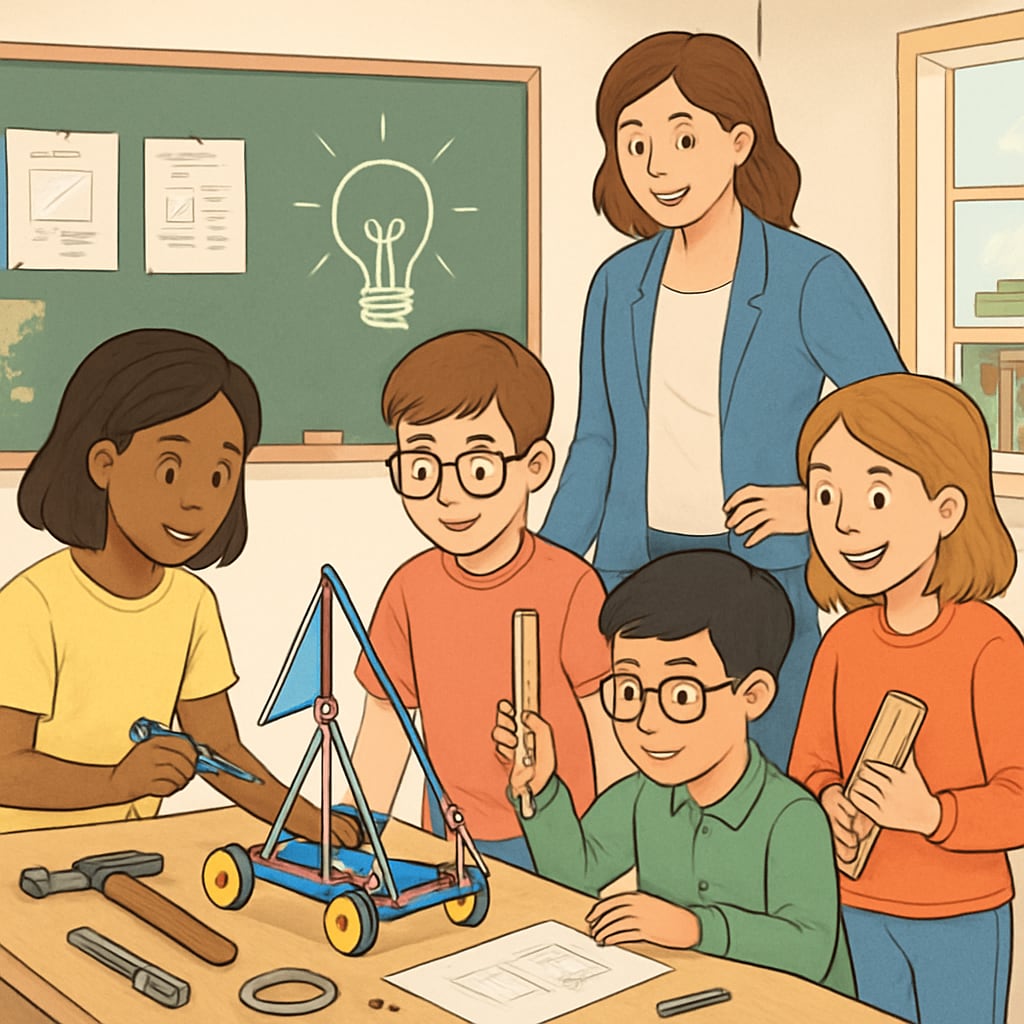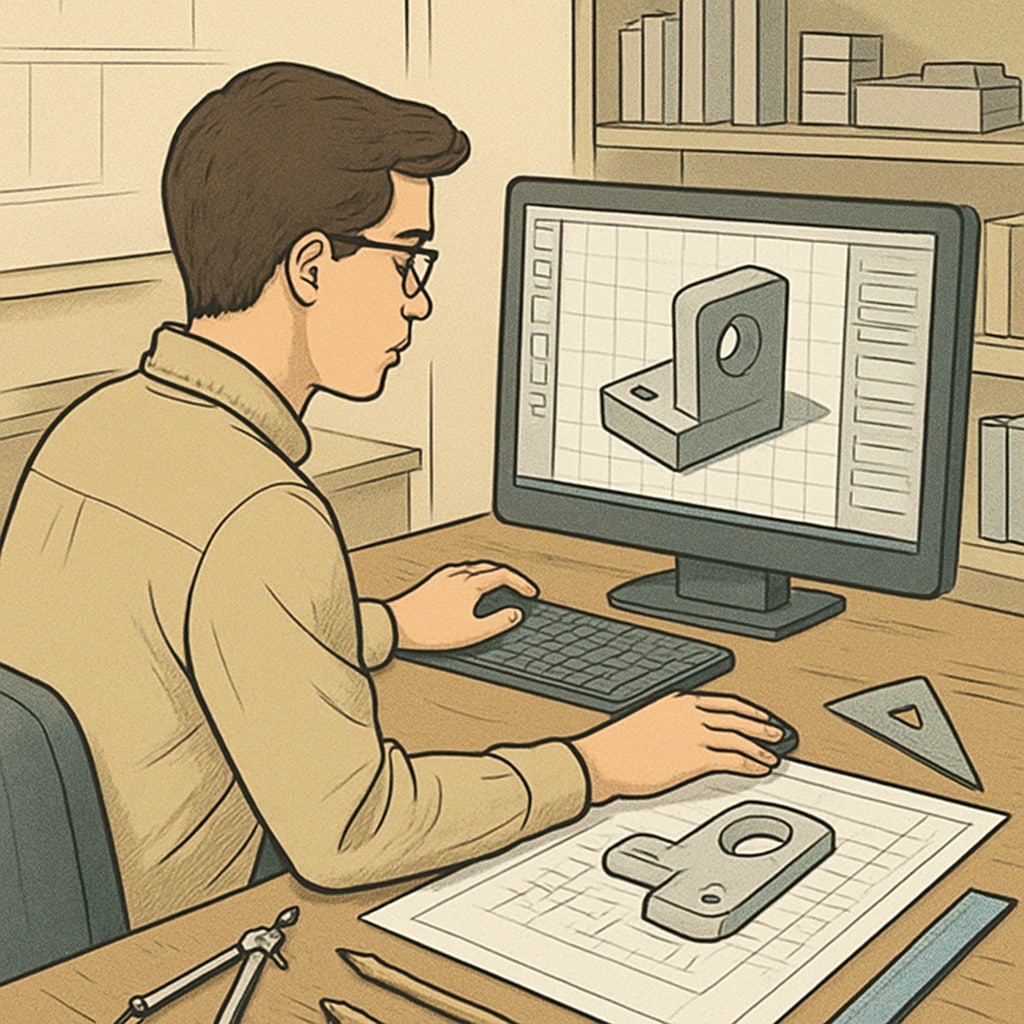For students aspiring to careers in design engineering, degree choices play a critical role in shaping their professional future. Early exposure to STEM (Science, Technology, Engineering, and Mathematics) concepts during the K12 period can lay the groundwork for their academic and career success. This article delves into the importance of degree planning in design engineering and its potential impact on career development. It also provides actionable advice for parents and educators to help students make informed choices.

The Significance of Design Engineering in Modern Careers
Design engineering sits at the intersection of creativity and technical problem-solving. Professionals in this field contribute to innovations in industries such as automotive, aerospace, consumer products, and more. As a result, students interested in combining artistic vision with engineering expertise often find this career path appealing.
However, the journey to becoming a design engineer begins long before college. K12 education plays a pivotal role in sparking students’ curiosity and equipping them with foundational skills. For instance, participation in robotics clubs or exposure to computer-aided design (CAD) software can ignite early interest and help students envision the possibilities within this field.
How Degree Choices Influence Career Development
When it comes to pursuing a career in design engineering, selecting the right degree program is crucial. Students must weigh their options between specialized programs such as mechanical engineering, industrial design, or dedicated design engineering degrees. Each pathway offers unique benefits and challenges.
- Mechanical Engineering: Offers a broad technical foundation, making it a versatile choice for students unsure about their specific interests within design engineering.
- Industrial Design: Focuses on aesthetics and user experience, ideal for students who lean heavily toward the creative aspects of engineering.
- Dedicated Design Engineering Programs: Combines technical and creative disciplines, providing a balanced approach tailored to the industry’s needs.
Additionally, students should consider factors like program accreditation, internship opportunities, and faculty expertise. Researching universities and their offerings can help align academic pursuits with career goals.

Practical Tips for Educators and Parents
Educators and parents are instrumental in guiding students through the maze of academic and career decisions. Here are some practical steps to foster interest in design engineering and support informed decision-making:
- Encourage STEM Participation: Motivate students to join extracurricular activities like coding bootcamps, math clubs, or science fairs.
- Provide Real-World Exposure: Arrange visits to engineering firms, design studios, or technology expos to give students a glimpse into potential careers.
- Promote Critical Thinking Skills: Introduce problem-solving exercises and collaborative projects to build analytical and teamwork abilities.
- Highlight Role Models: Share stories of successful professionals in design engineering to inspire students and broaden their understanding of the field.
By creating an environment that nurtures curiosity and ambition, parents and educators can empower students to make confident decisions about their future.
Looking Ahead: The Evolving Landscape of Design Engineering
The field of design engineering is constantly evolving, driven by advancements in technology and changing societal needs. For example, the rise of sustainability-focused engineering has created new opportunities for innovation in eco-friendly product design. Additionally, the integration of artificial intelligence (AI) and machine learning is transforming the way design engineers approach problem-solving.
Students entering this dynamic field must be prepared for lifelong learning. Beyond formal education, staying updated on industry trends and continuously upgrading skills will be essential for long-term career growth.
In conclusion, degree choices in design engineering are a vital stepping stone toward a fulfilling career. By fostering early interest during the K12 years and providing guidance through the decision-making process, educators and parents can help students unlock their potential. As the industry continues to advance, the next generation of design engineers will play a key role in shaping the world around us.
Readability guidance: Use short paragraphs and bullet points to summarize key ideas. Maintain an average sentence length of 12–16 words, and include transitional phrases to ensure smooth reading.


